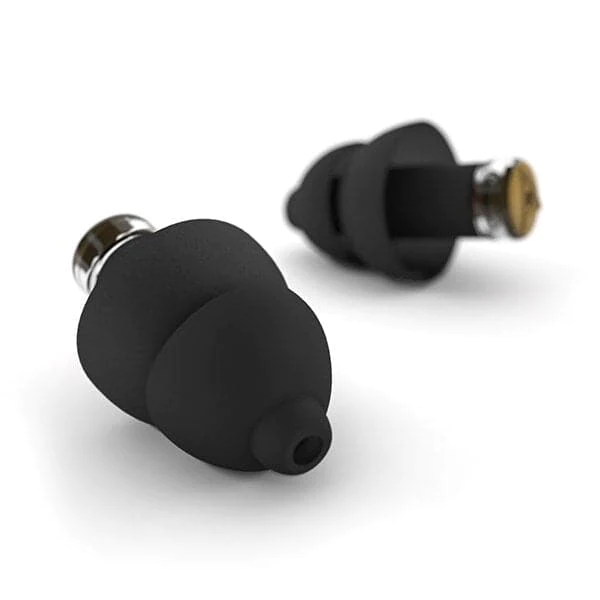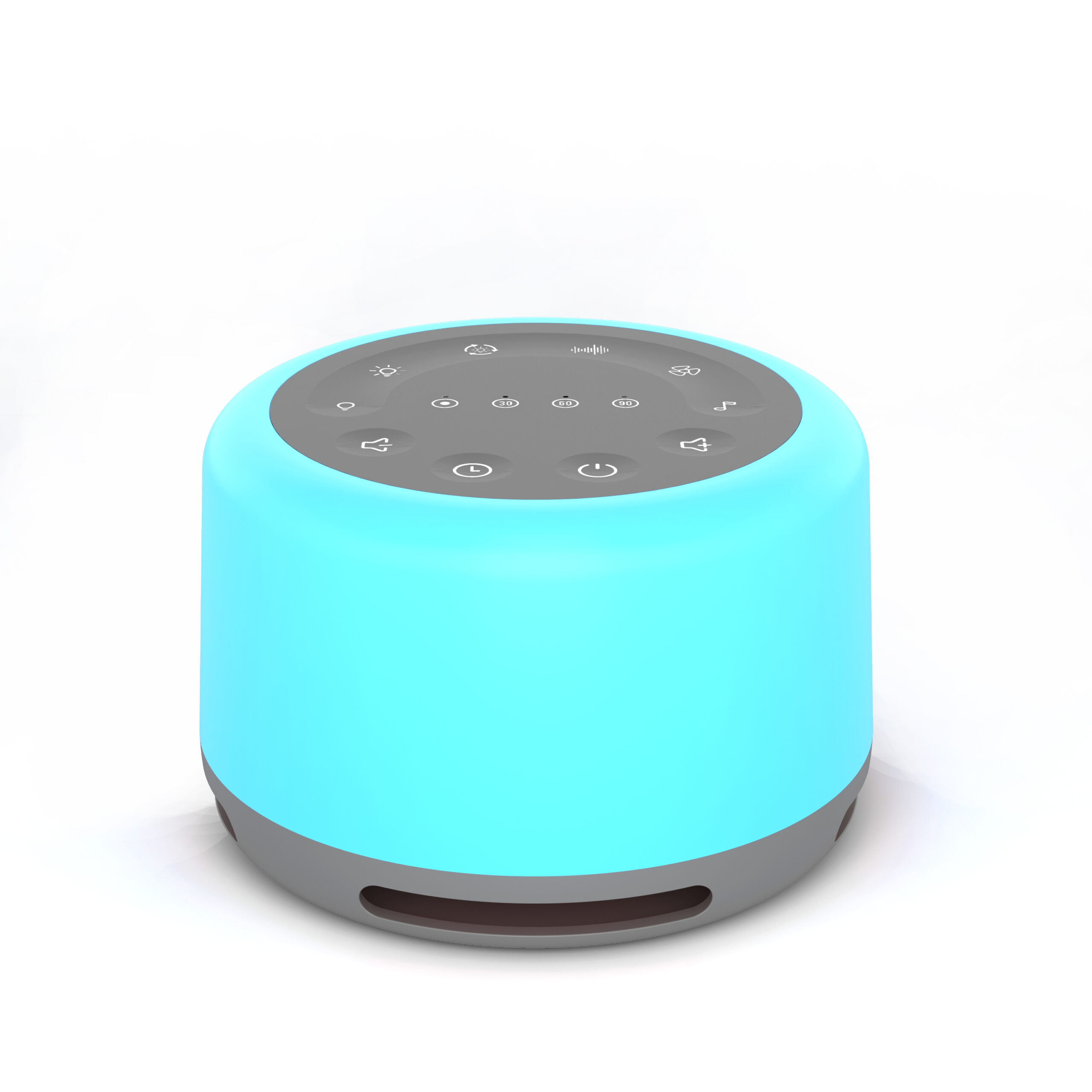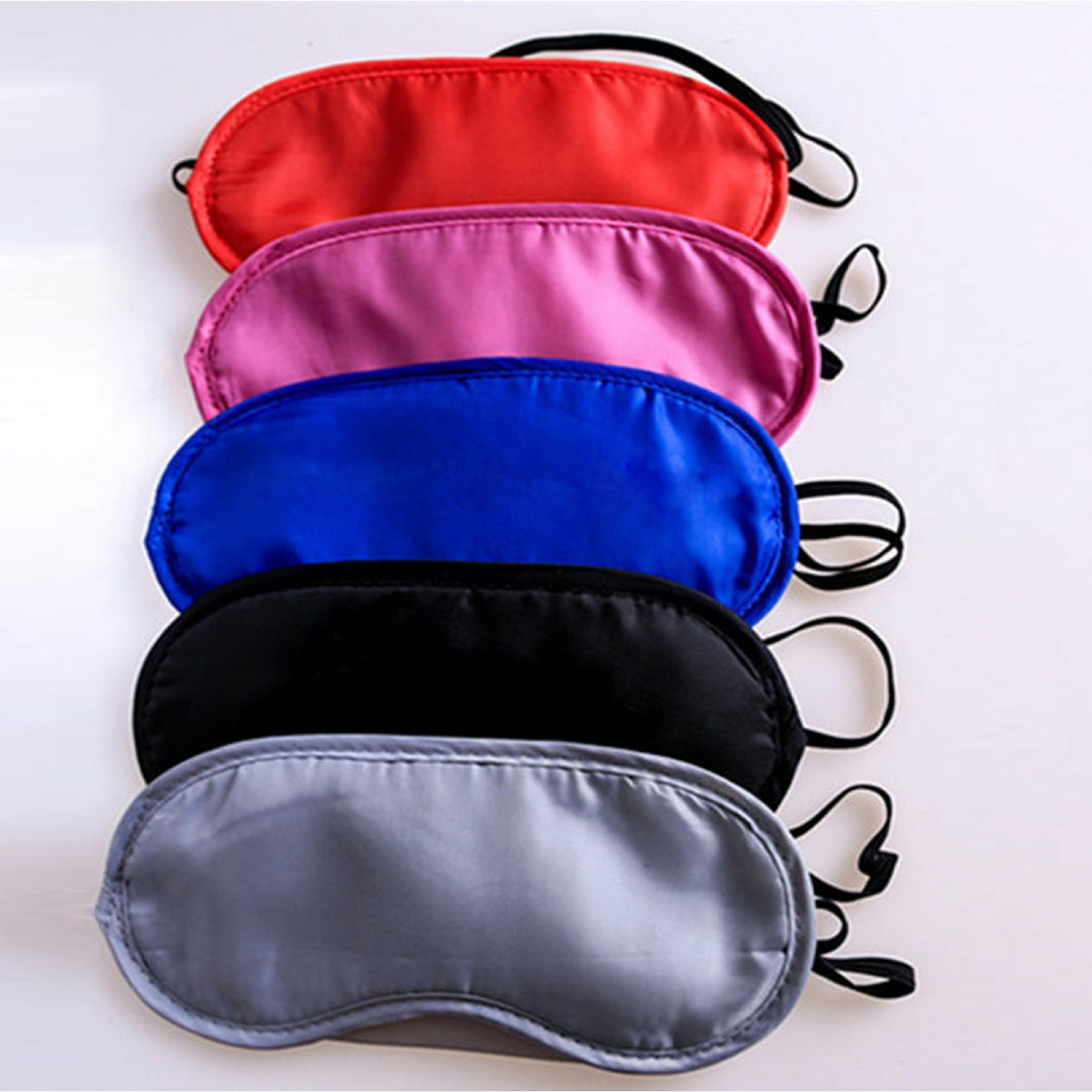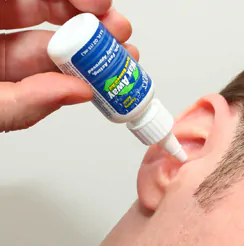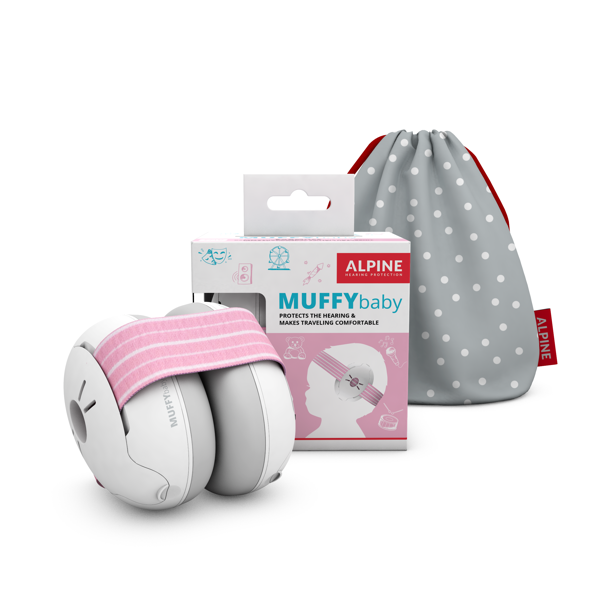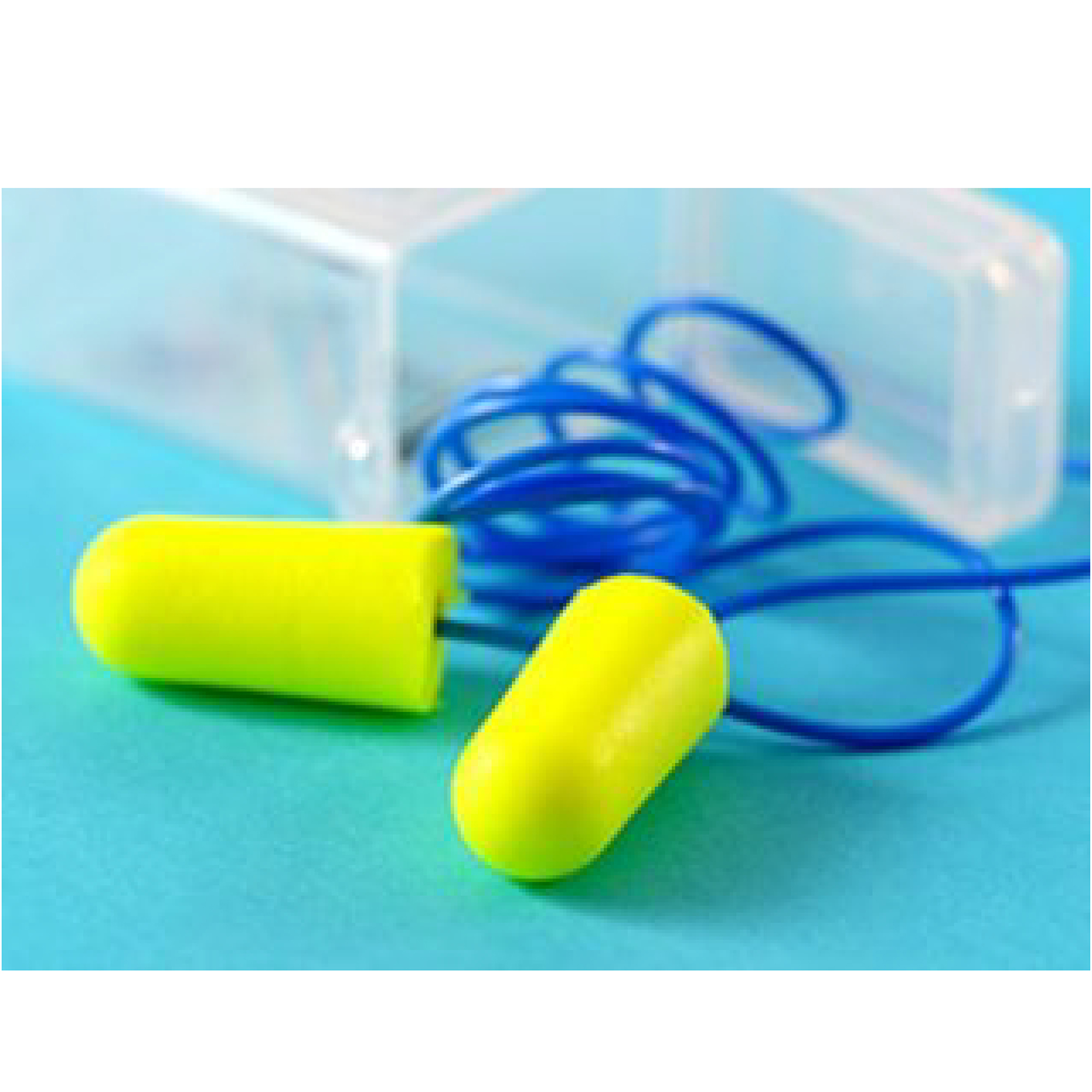FAQ
Frequently Asked Questions (FAQ)
SHIPPING, PAYMENTS & RETURNS
Domestic Shipping:
Australia Post’s estimated delivery times for Parcel Post and Express Post are as follows:
Parcel Post:
– NSW: 2-4 business days
– ACT: 2-4 business days
– NT: 4-10 business days
– QLD: 2-5 business days
– SA: 3-6 business days
– TAS: 3-6 business days
– VIC: 2-5 business days
– WA: 4-8 business days
Express Post:
– NSW: 1-2 business days
– ACT: 1-2 business days
– NT: 2-5 business days
– QLD: 1-3 business days
– SA: 1-3 business days
– TAS: 1-3 business days
– VIC: 1-3 business days
– WA: 2-5 business days
For any current disruptions to the Australia Post network, please refer to our updates.
Courier Shipping:
Selected products sent via courier typically arrive within 2-4 working days.
International Shipping:
We offer global shipping with express and standard options. Delivery estimates are provided at checkout and vary by country.
For domestic customers, enjoy a flat-rate $16 express post option for next-day delivery on orders placed before 2.30 pm AEST. International Express is also available, with prices determined at checkout.
Orders placed before 1.00 pm AEST on weekdays ship same-day, with a few exceptions. Weekend orders or those made after 1.00 pm AEST on Friday will ship on the following Monday.
Domestic Shipping:
– Parcel Post: $11 or free for orders over $100
– Express Post: $16
International Shipping:
Postage rates vary by product and location, specified at checkout.
Sunshine Coast Queensland.
You can pay using PayPal, Credit Card (VISA, Mastercard, AMEX), Apple Pay, Google Pay, or Afterpay.
Absolutely! We cater to wholesale and bulk inquiries for our Sleep and Sound brand hearing protection, as well as other top brands. Reach out to us at [email protected]
For returns, privacy policies, and terms of service, please refer to our dedicated website section.
USEFUL INFORMATION
– How to Insert Foam Ear Plugs
Get the perfect fit for your earplugs. Check our guide for proper foam ear plug insertion.
– Cleaning Reusable Ear Plugs
Find out how to clean and maintain your reusable earplugs.
– Replacement Tips
We stock replacement tips for various brands including Plugfones.
– Noise Reduction Rating (NRR) Explained
Understand the significance of Noise Reduction Ratings for earplugs and earmuffs.
Explore our comprehensive guide on white noise machines and their benefits.
Earplugs / Choosing the Right Ear Plug
Earplugs come in many different styles (expandable foam, shaped silicone, musician style, custom fitted and even electronic earplugs). Each style of ear plug has been designed to filter out a certain level of noise/sound, this level is measured in decibels.
When choosing a pair of earplugs, it is important that you take particular notice of the NRR. (Noise Reduction Rating) The NRR is an indication of the amount of hearing protection that it will give.
Quite simply, when choosing ear plugs, we suggest you go for quality, comfort and effectiveness. We have a variety of ear plugs to suit all people and all applications. We offer ear plugs for sleeping, swimming, studying, flying, dentists, shooting, working, musicians, children and more.
Best Earplugs for Small Ears
Our Dreamgirl and Slimfit foam earplugs are ideal for ladies and for those with smallersized ear canals.
Macks Silicone Ear Plugs are our number one best seller for swimming and water sports. Favoured for their great comfort, aptly named “pillow Soft” these ear plugs double as an alternative to soft foam ear plugs and can also be used for sleeping and other soundblocking events. The Aquablocks are the most wanted reusable earplugs for swimming, surfing, boating and any occasion where you require water to be blocked from your ears.
Best Earplugs for People with Larger Ears
Our Macks Ultra Soft and Original Soft Foam Earplugs are favoured by the gents looking to block out noise for a wide range of applications.
Not Sure What Eaplug Size you Need?
We offer a sample pack for those who are not quite sure which ear plug would best suit them. See here for more information.
NRR stands for Noise Reduction Rating. NRR is the amount of sound, measured in decibels, that a pair of ear plugs will block out.
To better understand this, a person’s hearing threshold is defined as 0db (decibels). Someone with normal/good hearing can hear sounds at 15 db. A watch ticking would have a level around 20db, whilst whispering rates at approximately 30db, the average conversation is around 50 60db.
Snoring, NRR and Ear Plugs
Earplugs are very commonly used to block out the sound of a partner’s snoring.
A person snoring generally produces a sound level between 50db (for a light snorer) to 80db (for a heavy snorer). Most snorers register between 50 – 70 db. The sound of a petrol lawnmower would be equivalent to 80 90db. It is no wonder we find it difficult to sleep soundly with a snoring partner.
When you wear a pair of 32 NRR Ear Plugs such as Macks Snore Blockers, the sound level of snoring, based on the above levels is reduced between 18db to 48db. Ear plugs are designed to successfully reduce the amount of harmful noise that enters your ears, making your surroundings more tolerable to help promote a good night’s sleep.
Currently, the highest Noise Reduction Rating (NRR) being offered by an earplug is around 33dB. This means that any noise up to that ear plugs NRR will be blocked completely and any noise over this level may still be heard.
An interesting fact is that the “whole body” actually absorbs sound, so short of finding yourself a comfortable soundproof chamber to call home, there is no way to totally block all noise. Sorry to be the bearer of bad news for all parents out there who have children 😉
Earplugs are designed to lessen the severity of noise and bring it down to a more tolerable and safer level.
Ear Plugs are life savers (and often marriage savers) for many. Sometimes it still may not be enough to reach a good night’s sleep.
Daily (nightly) we are subject to distracting noise that invariably causes us to lie awake at night disturbing our much needed sleep. Whether it be the sound of traffic outside your bedroom window, drunken revellers celebrating into the night, a snoring partner, noisy neighbours or dogs barking, we could go on but I’m sure you get the picture, it is disruptive to our wellbeing.
Even with the best ear plugs available, snoring can still be too loud for a partner to happily sleep. An ear plug with an NRR of 32db will reduce the level of sound of someone who snores at 80db to 48db, this is about the same level of sound as someone speaking quietly. Sadly, there is no ear plug in the world that could do the job to block out noise when it comes to very loud snoring.
For decades we have been (and will continue to) attempting to block noise, ear plugs are often the perfect solution but sometimes they are still not enough. When noise is troubling you and ear plugs are not enough, We have found that by using a combination of ear plugs and a sound masking device to be the best the most effective solution.
We suggest that you change your ear plugs when they become soiled or when they no longer retain their form or shape when you remove them from your ear. In the case of silicone ear plugs, it is recommended that they be replaced when they become dirty or when they lose their “tackiness” and become less effective. The timeframe to change ear plugs will vary from person to person and can typically be anywhere from 3 – 7 days.
Find the right fit for your ear plugs and earmuffs.
Best Ear Plugs for
Swimming
Sleeping
Working
Kids
Live Music
Check out our top 5 music ear plugs.
Motorcyclists
Explore the best ear plugs for motorcycling.
Travelling
Recommendations for travel ear plugs, sleep masks, and white noise machines.
White Noise
Dohm DS White Noise Machines are designed to mask sound from a wide range of frequencies. Additionally, a white noise machine will help disguise background noise keeping the ambient sound of noise in a room at an even level. In effect it will help detune your mind and your hearing by drowning out sudden changes in the level of sound or noises, in an ordinarily quiet room, that may cause you to wake. This is why for years many people have been using fans, air conditioners, radios and air purifiers to create noise to help muffle other sounds allowing a restful sleep. Fans and air conditioners are not so ideal in cooler temperatures.
What is a white noise machine, and how does it work?
A white noise machine is a device that produces a consistent, unobtrusive sound. It masks or drowns out other sounds, promoting a quieter environment for better sleep, relaxation, or concentration. It works by creating a spectrum of sounds that cover a wide range of audio frequencies.
What are the benefits of using a white noise machine?
White noise machines offer several benefits, including improved sleep quality, reduced stress and anxiety, enhanced focus and productivity, and relief from tinnitus or ringing in the ears. They are also effective for drowning out disruptive background noise.
Can white noise machines help with sleep?
Yes, white noise machines are known to improve sleep. They create a constant, soothing sound that can mask disturbances such as traffic noise, snoring, or household sounds, helping individuals fall and stay asleep.
Are white noise machines safe for all age groups?
White noise machines are generally safe for adults and children. However, it’s essential to use them at a reasonable volume to prevent potential hearing damage, especially when placing them near an infant’s crib.
What types of sounds do white noise machines offer?
White noise machines typically offer a variety of sounds, including pure white noise, pink noise, brown noise, nature sounds (like rainfall or ocean waves), and other ambient noises. Users can choose the sound that best suits their preferences.
How do I choose the right white noise machine for my needs?
When selecting a white noise machine, consider factors like the variety of sounds offered, portability, and whether it includes additional features such as a timer, nightlight, or alarm. It’s also essential to choose a machine with adjustable volume settings.
Can white noise machines help with tinnitus?
White noise machines are often recommended for managing tinnitus symptoms. By masking the ringing or buzzing sounds associated with tinnitus, they can provide relief and make tinnitus less noticeable.
Can I use a white noise machine to help my baby sleep?
Yes, white noise machines are a popular choice for creating a soothing sleep environment for infants. The consistent sound can mimic the environment of the womb and help infants fall asleep faster and sleep more soundly.
How do I clean and maintain my white noise machine?
To clean your white noise machine, unplug it and gently wipe the surface with a soft, damp cloth. Avoid using harsh chemicals. Refer to the manufacturer’s instructions for specific maintenance guidance.
Can I travel with my white noise machine?
Absolutely, in fact, I personally wont leave home without my white noise travel machine! White Noise for travel is a true game changer. Many white noise machines are portable and designed for travel. They can be used in hotels, aeroplanes, or other noisy environments to help maintain a consistent sleep environment.
Are white noise machines an effective solution for concentration and productivity?
Absolutely! White noise machines can create an optimal background for focus by masking distracting noises. They’re often used in offices, study spaces, and work from home environments to improve concentration and productivity.
Do white noise machines use a lot of energy?
White noise machines are typically energy efficient and consume very little power. Many models are designed to operate 24/7 without significantly impacting your electricity bill.
Are there any health concerns associated with longterm use of white noise machines?
No. When used at moderate volumes, white noise machines are safe. It’s advisable to keep the volume at a comfortable level.
- Do white noise machines work for everyone?
White noise machines are effective for many people, but individual experiences may vary. Some individuals may prefer different types of background noise, like nature sounds or music. It’s a matter of personal preference. Our multi sound machines are most popular.
Snoring
We are frequently contacted by people asking for ear plugs to help block the sound of a snoring partner. One question we like to ask when people contact us for help is firstly, has your partner discussed their snoring problem with their doctor? We recommend this to rule out any medical issues as it may be an indicator of a more serious condition such as sleep apnea and shouldn’t be ignored.
The reality is that it’s much better to address the source of the sound, which in this case is your partner. The fact is, using a simple device such as an Airmax breathing device (which is a very soft silicone splint to help open the nasal passages to improve breathing) could reduce your partners snoring.
Hearing Loss, Prevention & Medical Conditions:
Learn about managing tinnitus and preventing ear infections, among other hearing-related topics.
Get tips for improving your sleep quality and managing snoring issues.
Discover how to protect your hearing for the long term.
USEFUL INFORMATION
FAQ about Earasers
Research and fitting history suggest the following general guideline. However, each individual’s ear canals are unique:
X-SMALL – typically used by youth, such as Primary Schoolers and some High Schoolers – And a tiny % of the adult population.
We always recommend you try the SMALL before attempting the X-SMALL.
SMALL – typically the majority of Women and Younger Males (late 20’s and younger). It works well for some Adult Males who have a smaller ear canal.
MEDIUM typically works well with Adult Males (later 20’s and up) who do well with the average earbud.
LARGE – enjoyed by some males over 60, a Very Small % of the adult population. Some women as well. (Did you know Women, that being able to wear this size EARasers earplug is a sign of “Genius!?!” (Thank your biological parents.)
Time to think back to your personal experience with earplugs and/or earbuds. Any indication you may have small or tiny canals? If so, we recommend you try a SMALL size. If standard ear-buds seem to work well for you, then perhaps you would do well with the MEDIUM.
Once you’ve ordered your size, you will need to insert both EARasers earplugs (Red is Right, Blue is Left – color side indicator stripes facing you, then bring straight back, so line ultimately ends up facing towards the back of your head.) Drop your jaw, and gently pull either up or down on your actual ear with one hand while gently inserting your EARasers earplugs with the other hand. The string with the ball helps you remove it from your ear, so pressing on it won’t hurt it. Dropping your jaw will help to straighten your ear canal to achieve a better seal. You will know you have an appropriate seal when YOU begin to speak. While everything else will sound normal with EARasers inserted, your own voice when speaking should result in “ahead voice” or “an occlusion when you speak.” Similar to you putting your fingers in your ears and speaking. If you don’t find that “head voice” when you speak, repeat the above steps to see if you can find that. First, make sure you have Red in Right and Blue in Left and that the lines are positioned properly. Often, we see people rotate their hands while inserting and end up putting their earplugs in Backwards. – Be certain you’ve not done this. EARasers should never hurt your ear canal or be uncomfortable. However, they do need to be able to seal your ear canal. If you cannot achieve your “head voice when speaking,” you may need to swap sizes. CHECK THIS: BEST EARMUFFS FOR ADULTS
EARasers can easily be cleaned following the steps below. Be certain NEVER to stick or poke anything down into the tip, or opening, of your earplug. Doing so WILL result in a popped, or unsecured, filter. To clean your EARasers, rinse off under warm water and let dry. Water will not harm the filter; however, try to refrain from using soaps as they may cling to your filter and create build up. If you use wipes or wet towelettes, be sure to use only “Alcohol-Free” products on your EARasers. Products with alcohol will dry out the silicone over time and may compromise the integrity of your earplug. It is normal for ears to generate earwax. While we highly recommend you clean your ears each time before inserting your earplugs, we realize this will not always happen. If wax, or debris, goes into the tip of your EARasers earplug, it can gently be removed by simply using a “Soft Bristled Brush” such as a soft head toothbrush, a soft Baby Nail Brush, eyebrow brush. (These items can usually be found in any Grocery, Supermarket, or make-up counter.) Using warm water and the soft bristle brush, gently work the wax and debris out by making soft motions over the opening. The soft bristles will gently remove the wax without having to insert anything down into the tip.
There are several reasons why EARasers provide amazing listening clarity. First, most earplugs, including Custom molded sets, place the filter outside the canal’s opening. Sound is then filtered and still has to travel through a narrow tiny curved tube (or canal) to reach the eardrum. EARasers patented open design was created to let sound travel farther more naturally before it reaches the filter, strategically placed at the tip, nearer the eardrum. By reducing the travel distance, EARasers naturally achieves clarity. Secondly, EARasers use an innovative “V” (variable) filter. EARasers focus on the most damaging range of the ear’s natural resonance (around 3150 Hz) and filters approx—19 dB. For most people, this keeps concert sound and loud music underneath the uncomfortable and harmful range. EARasers filter less in the normal and natural range (1000 Hz and less) so that most of the sound can come through, and also above 8000 Hz where cymbals and “S”‘s & “T”‘s are in speech. Reducing less in the ranges where heavy filtering is not necessary creates a clearer, more natural sound instead of an “underwater” or “muffled” sound. No more “plugged up” feeling!
Persona Medical has been developing hearing aids for 50 years, so we know a lot about hearing loss. We know that the majority of hearing loss we see in first-time patients is between 2000 Hz and 8000 Hz. In musical terms, that’s two octaves….starting three octaves above middle C on the piano and extending to five octaves above middle C (256Hz). 2700Hz is the natural peak resonance for humans. No wonder this is where the damage is done. Thousands of years of evolution carefully crafted our ears to focus on the unvoiced consonants of speech that are difficult to project with the efforts of the pressure of our lungs pushing air through our voice box. It was not preparing itself for the onslaught of noise and volume the 20th Century had in store. Yes, our ears naturally resonate with the higher frequencies of conversational speech, but certainly were not intended to resonate with a Marshall Amplifier already producing 100dB SPL+ of sound! The ear is a natural resonator…but not below 1000Hz and very little beyond 5000Hz. Again….keep in mind that the majority of music will be below 1000Hz.
We hope these FAQs provide the answers you're looking for. If you have further queries, feel free to contact us at [email protected].
Thank you for choosing Sleep and Sound to enhance your well-being!
